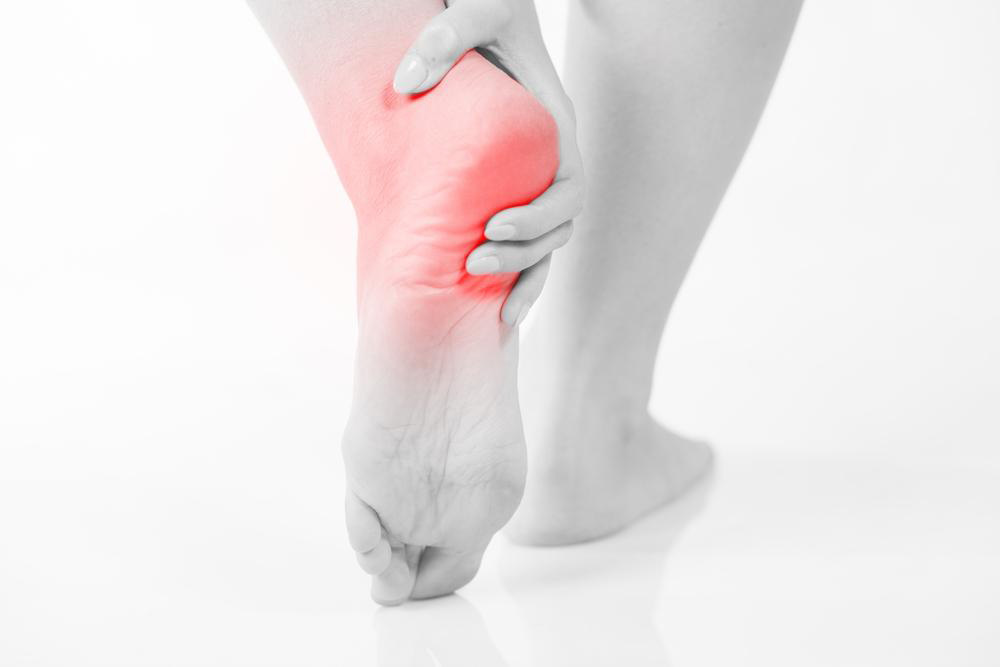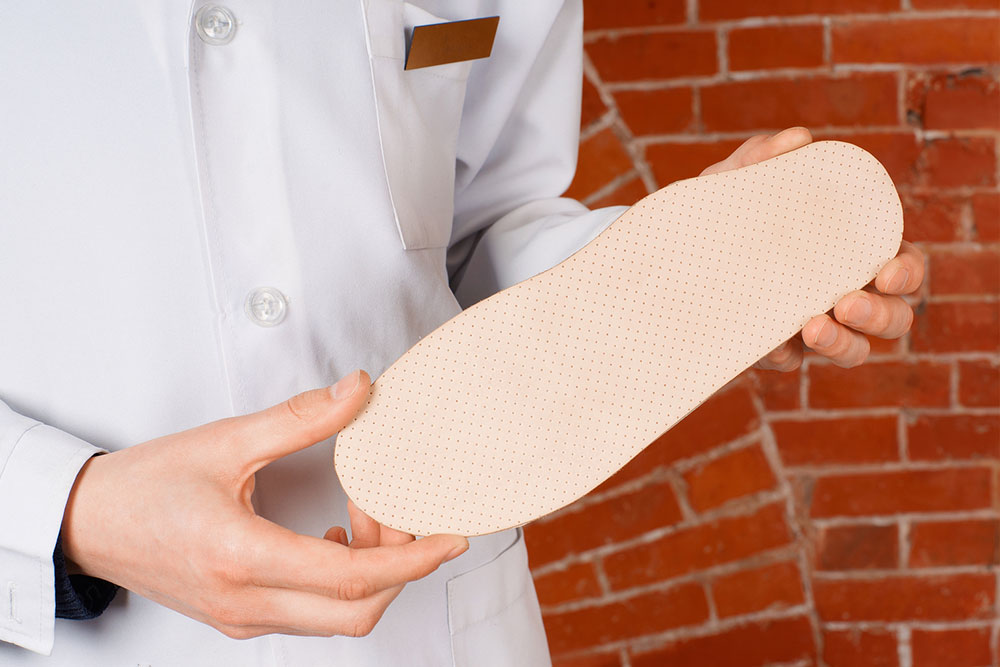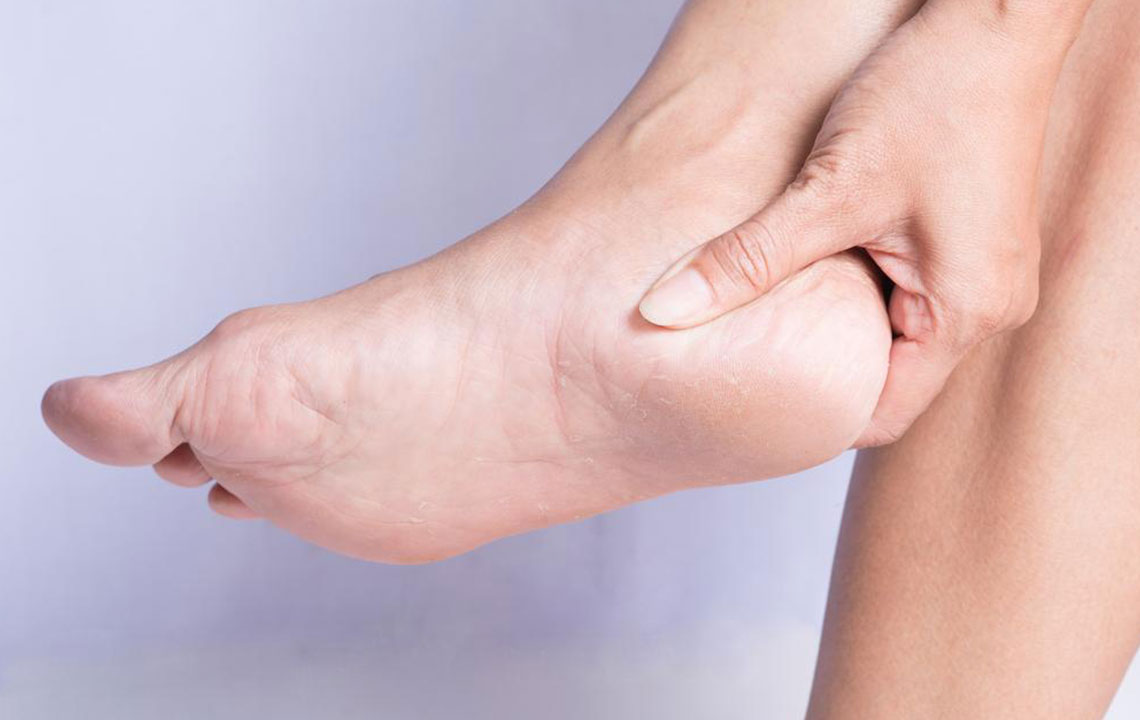Effective Strategies for Heel Pain Relief
Discover effective methods to manage and treat heel pain, including medications, physical therapy, orthotics, and surgical options. Learn when to seek medical help for persistent discomfort and ways to alleviate symptoms for better foot health.

Effective Strategies for Heel Pain Relief
Heel discomfort is a prevalent issue affecting many individuals. Typically, the pain manifests as sharp sensations beneath the heel, known as plantar fasciitis. Another common cause is pain behind the heel, called Achilles tendinitis, which involves inflammation where the Achilles tendon attaches to the heel bone. Although heel pain can sometimes be intense and limit mobility, it generally isn’t life-threatening. Most cases involve mild discomfort that subsides naturally with time.
Persistent heel pain without injury often develops gradually. It’s common after resting or waking up, making mornings particularly challenging. If combined with swelling, fever, or numbness, seek medical advice promptly. For ongoing discomfort lasting over a week, several treatment options can be considered:
NSAIDs: These medications help reduce pain, swelling, and inflammation, providing relief during recovery.
Corticosteroid Injections: Used when NSAIDs aren’t effective, these injections deliver anti-inflammatory medication directly to the area, sometimes with ultrasound assistance for precision.
Physical Therapy: Specialized exercises tailored by a therapist can stretch the plantar fascia and Achilles tendon, strengthening lower leg muscles for better heel stability.
Night Splints: Worn during sleep, these devices keep the tendons and fascia stretched, aiding recovery.
Supportive Orthotics: Custom insoles and devices correct foot misalignments and provide cushioning during healing.
Shock Wave Therapy: Focused sound waves stimulate tissue healing, suitable for chronic cases.
Surgical Intervention: As a last resort, surgery detaches the plantar fascia from the heel bone, but it carries risks and is used only when other treatments fail.










